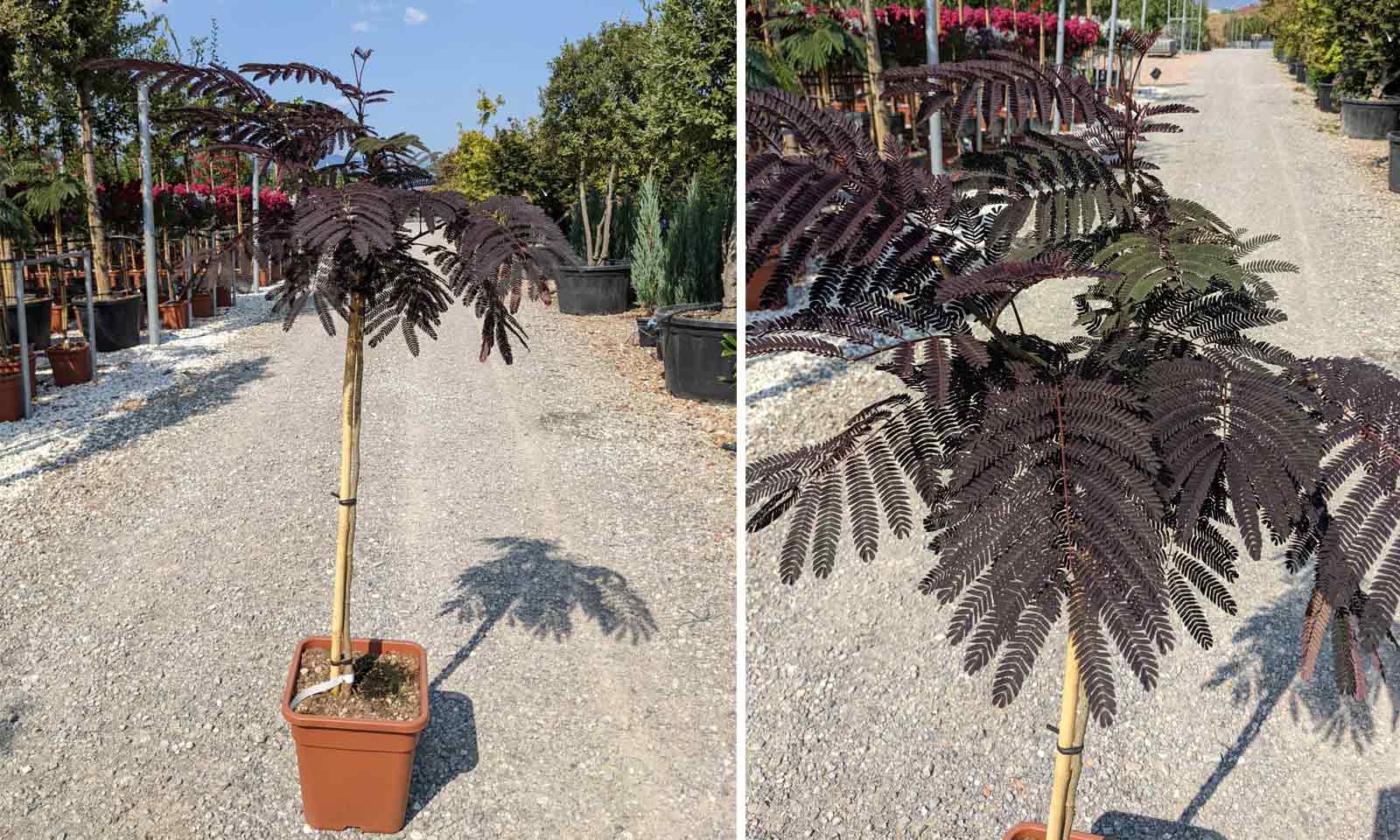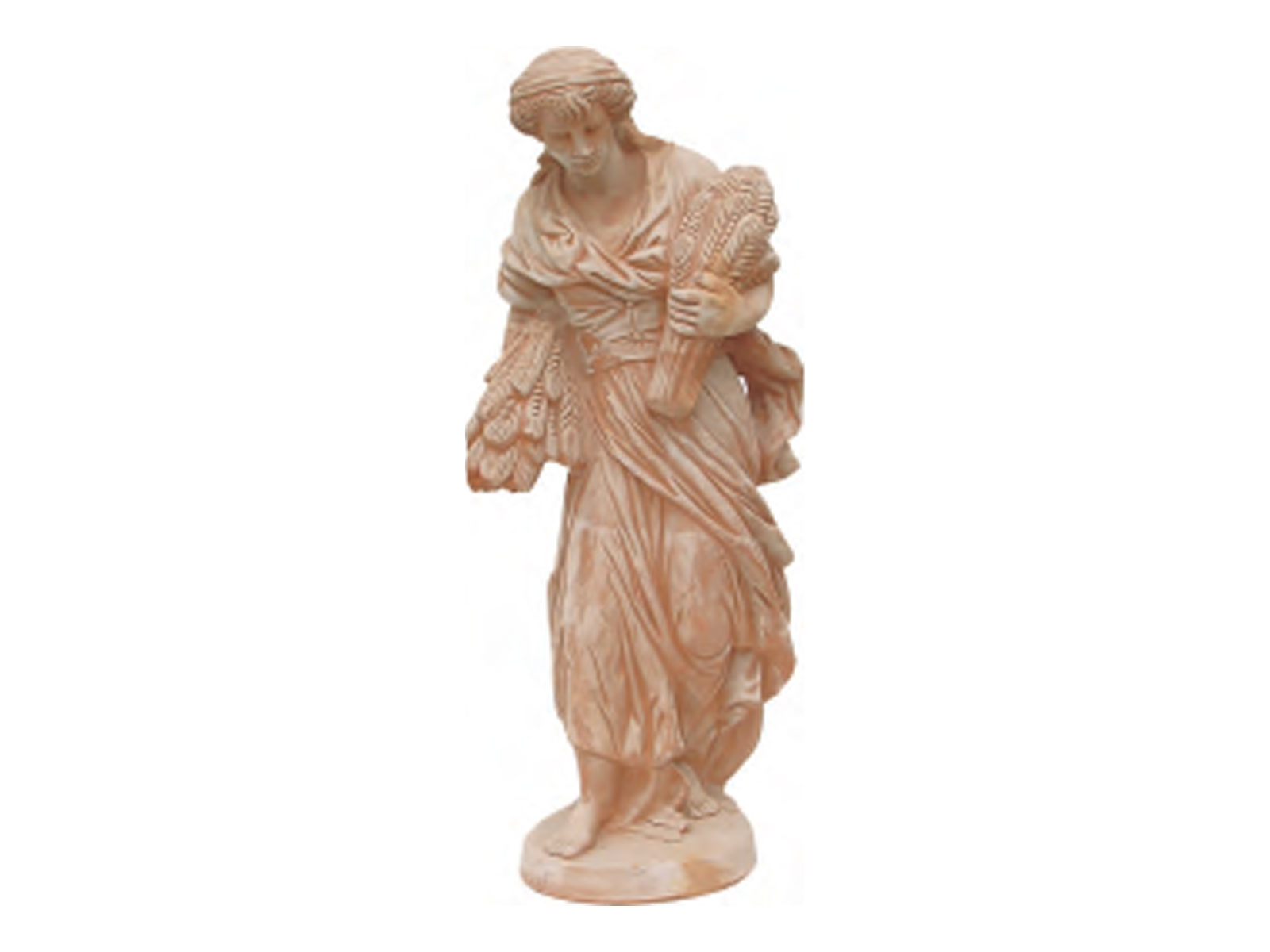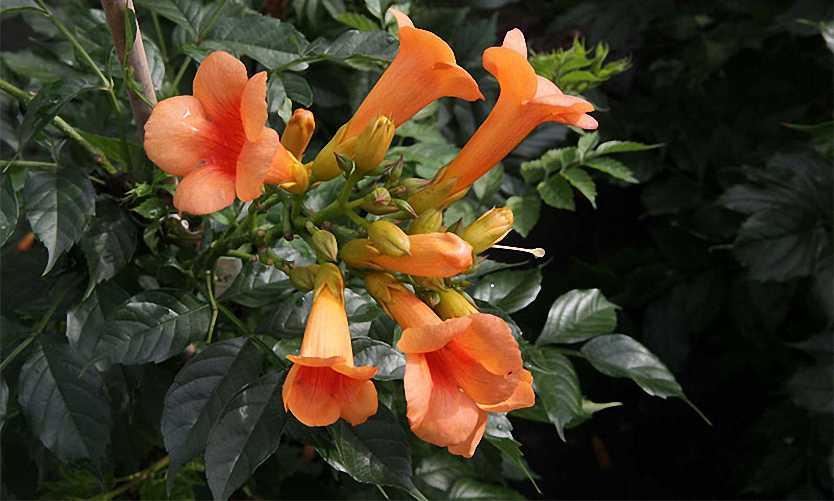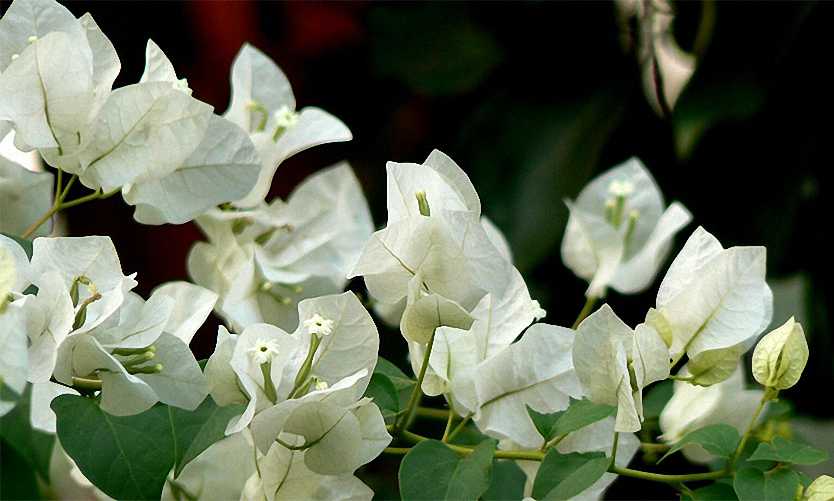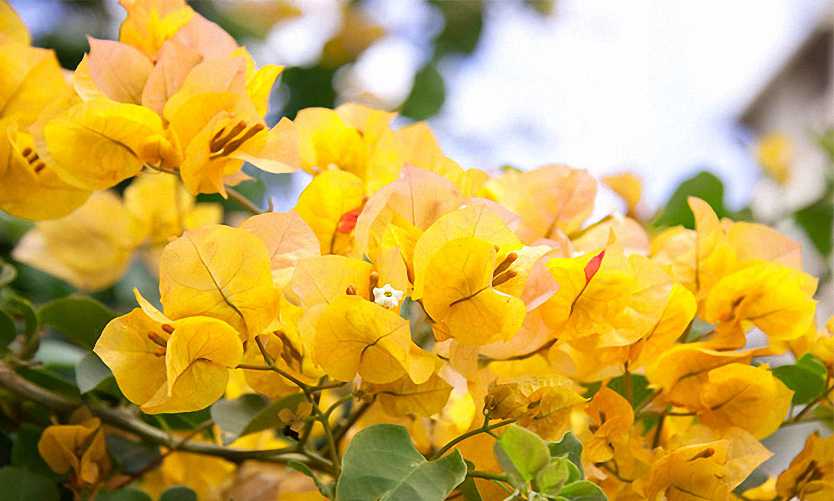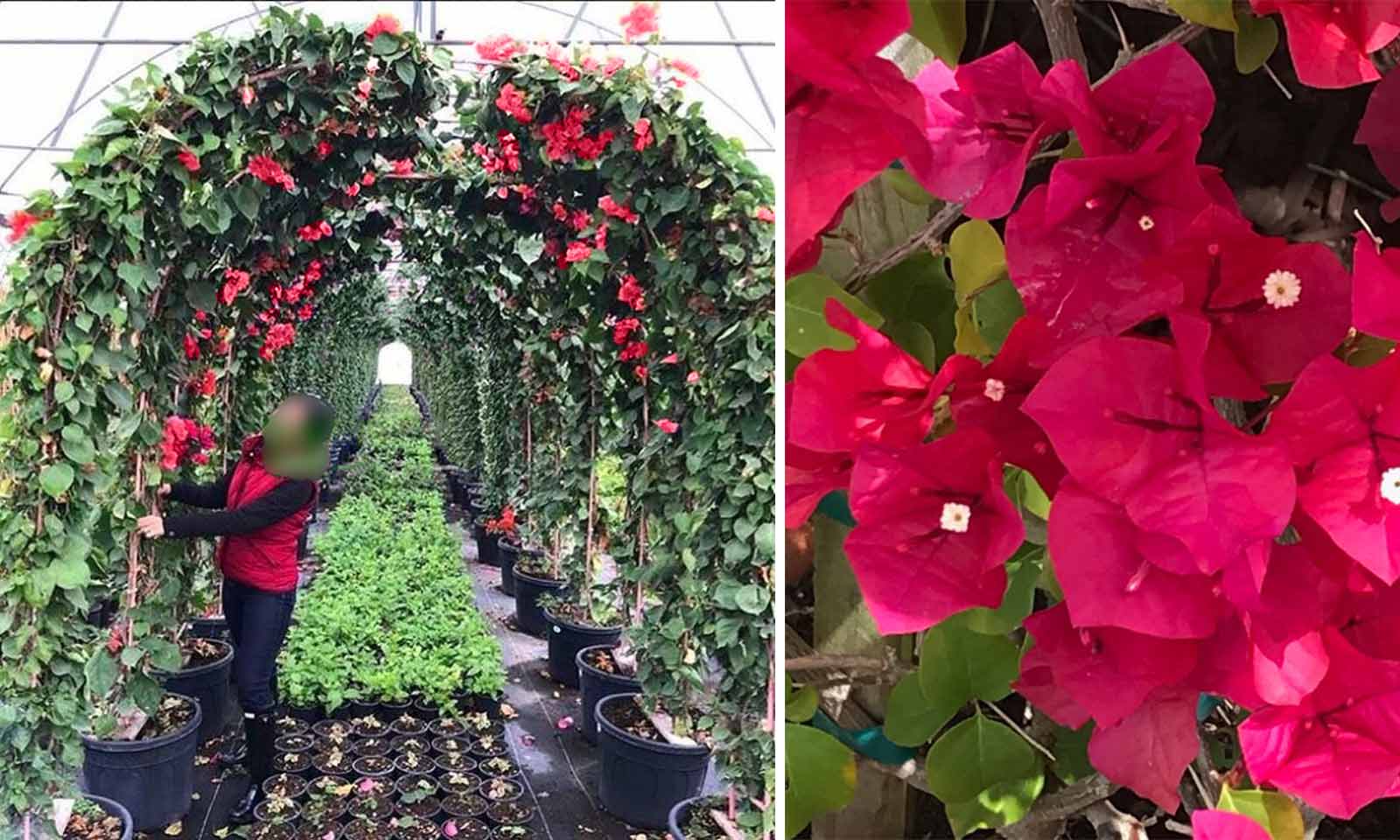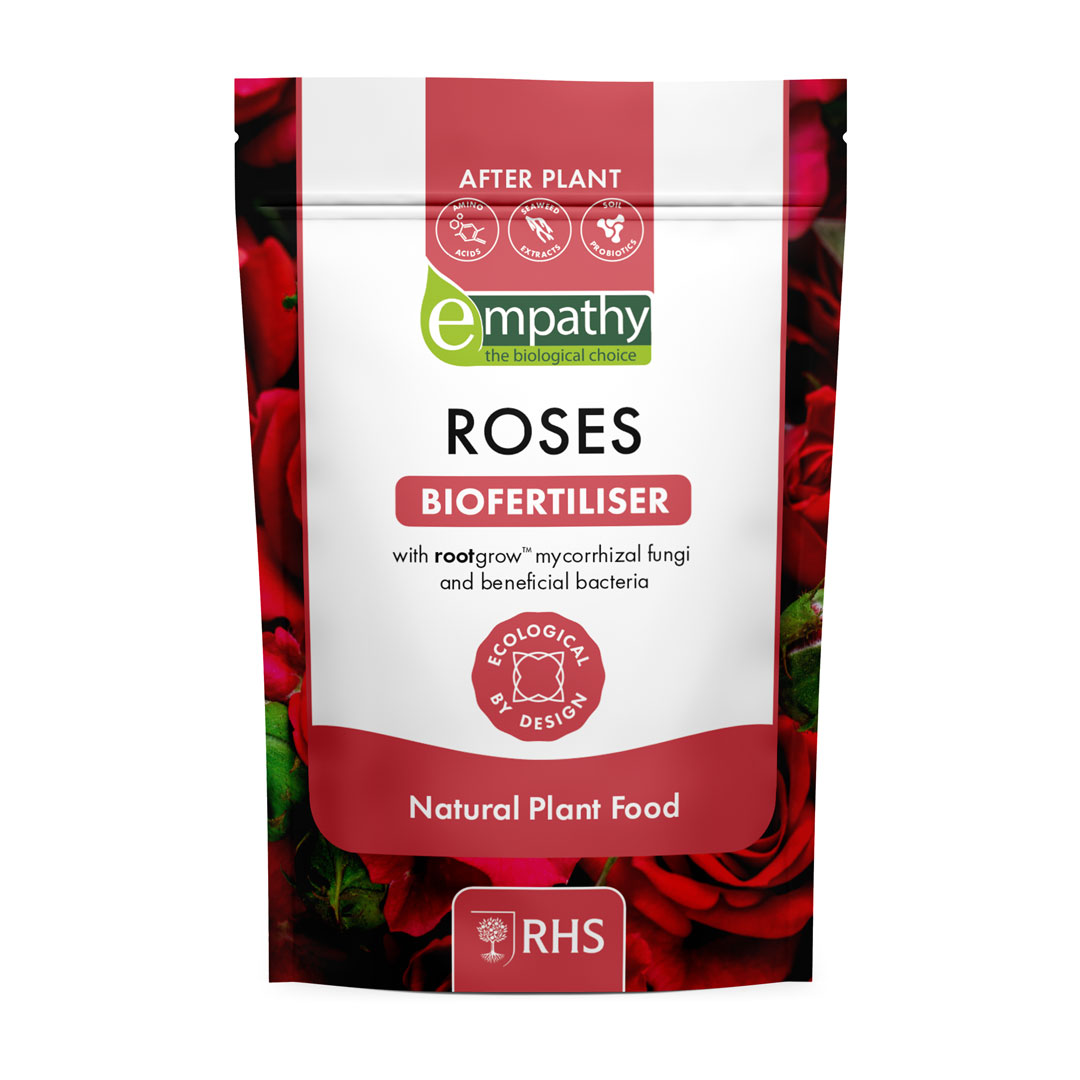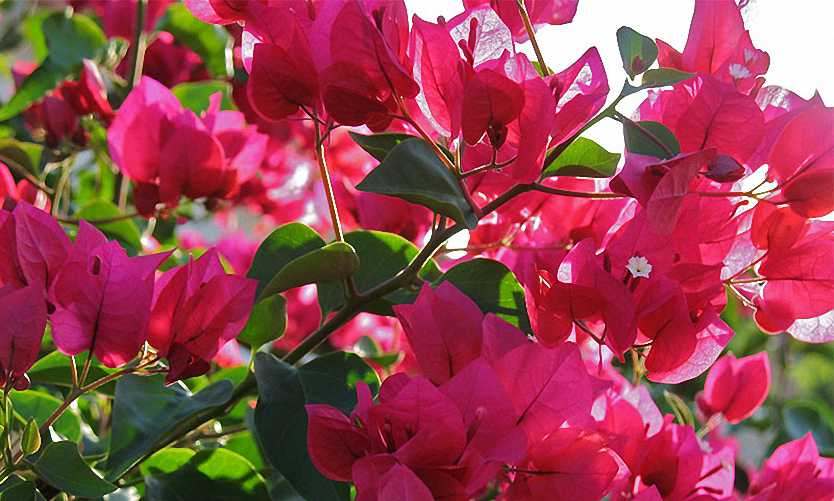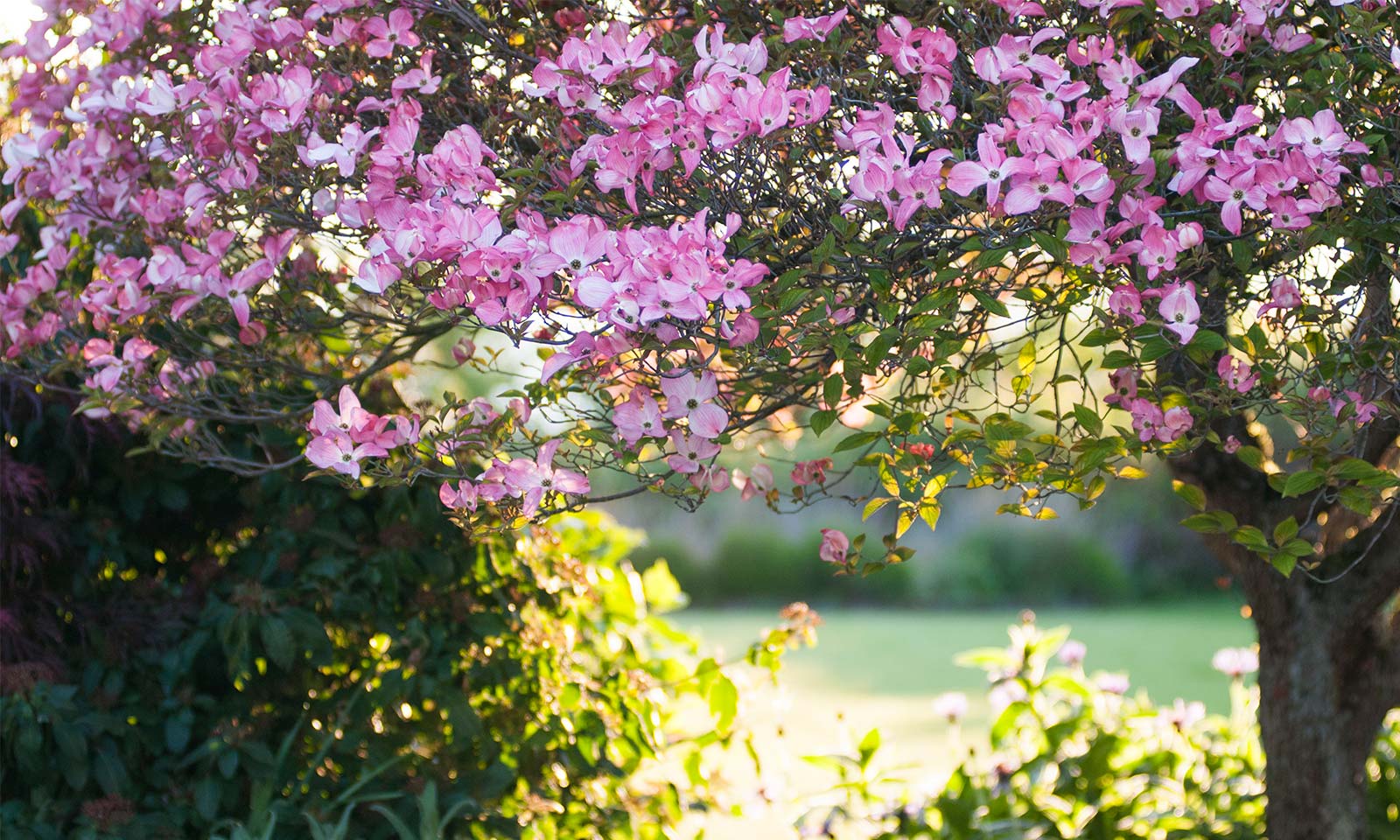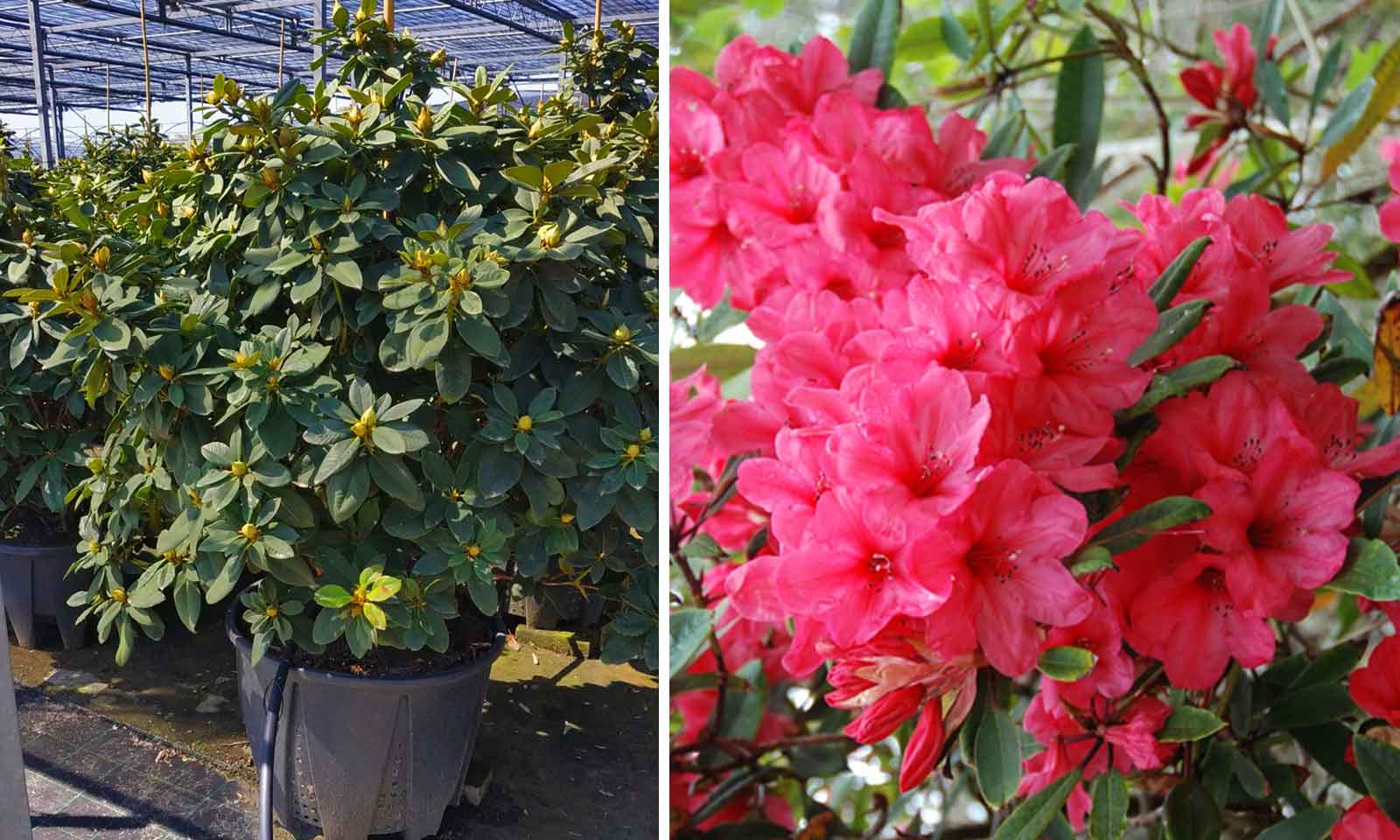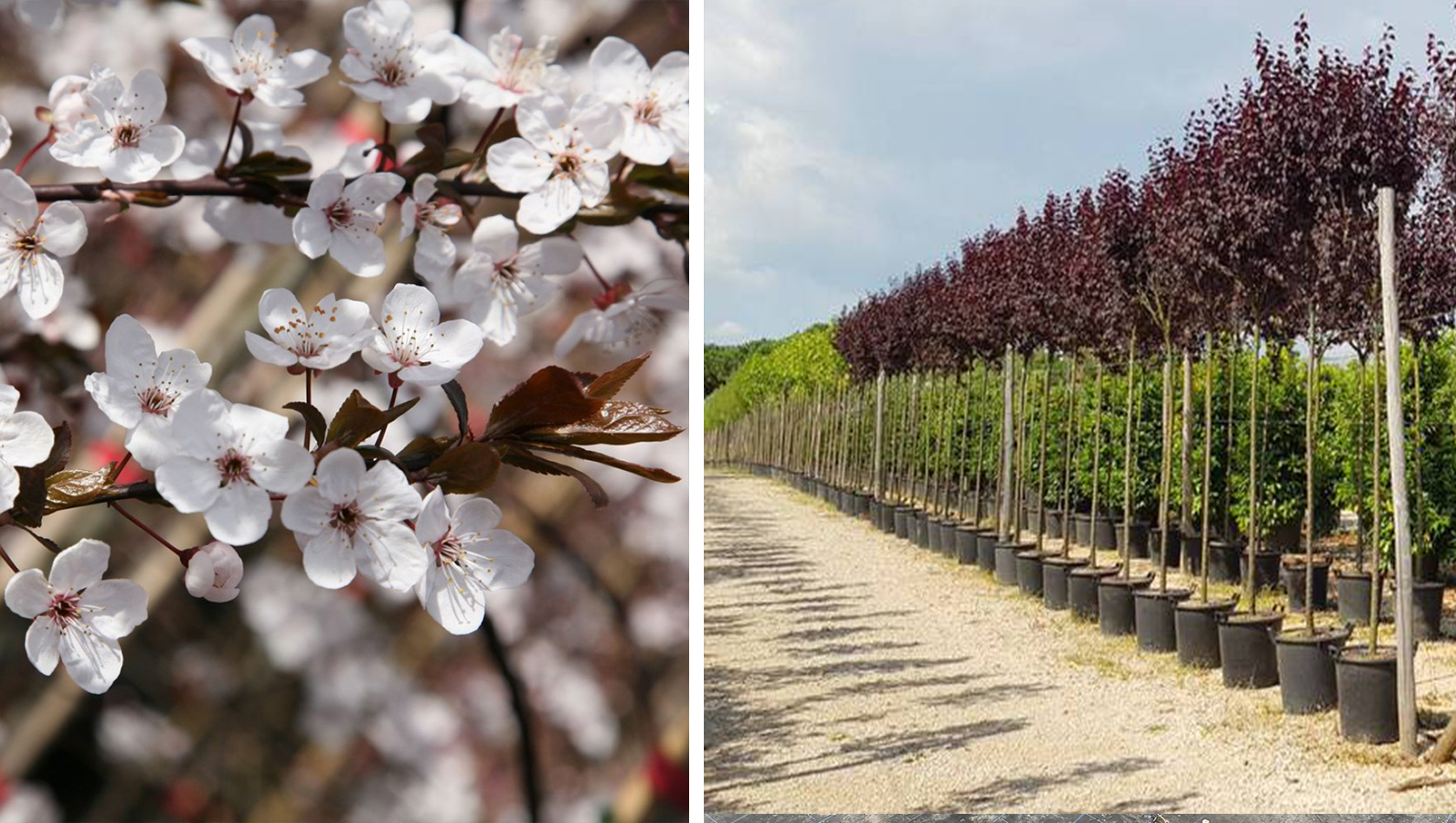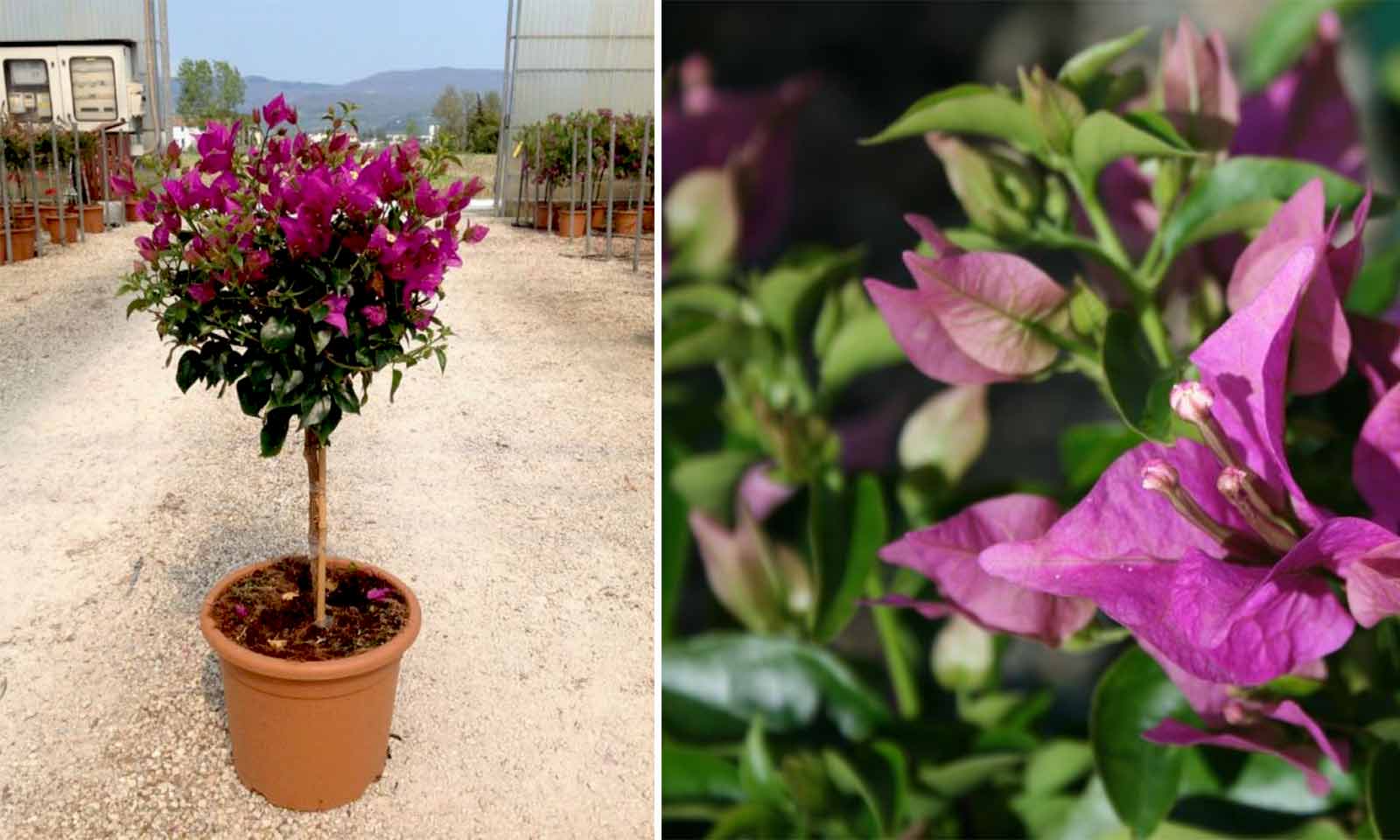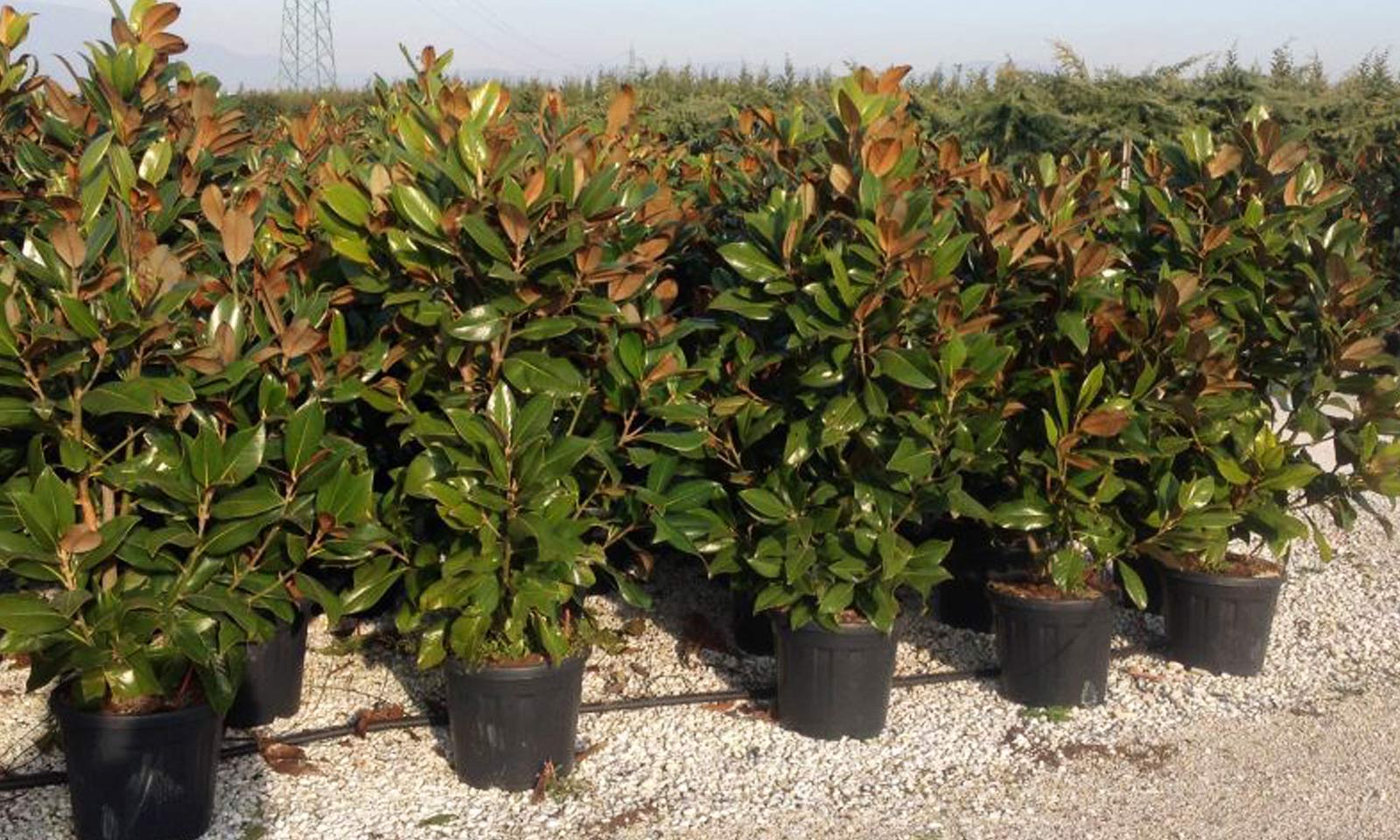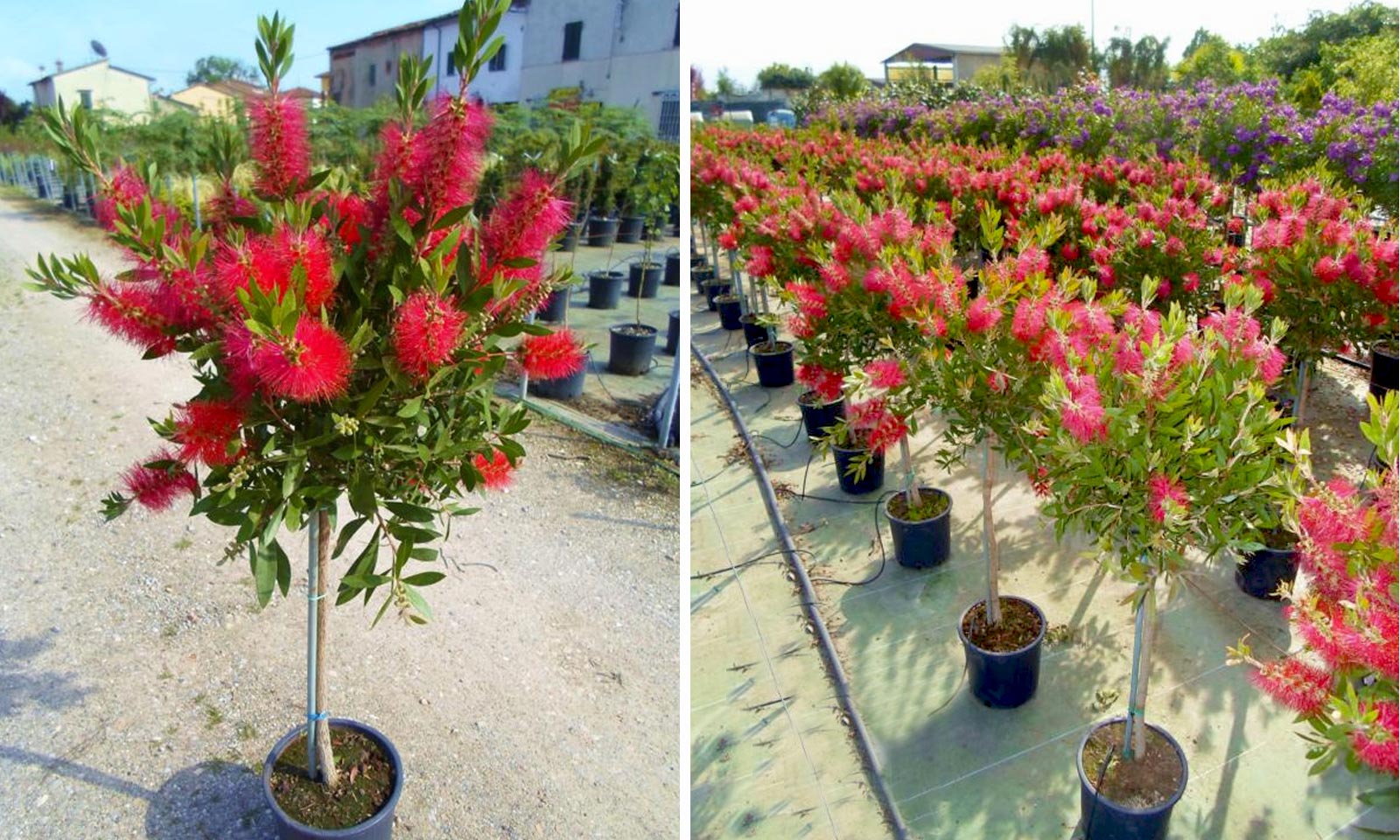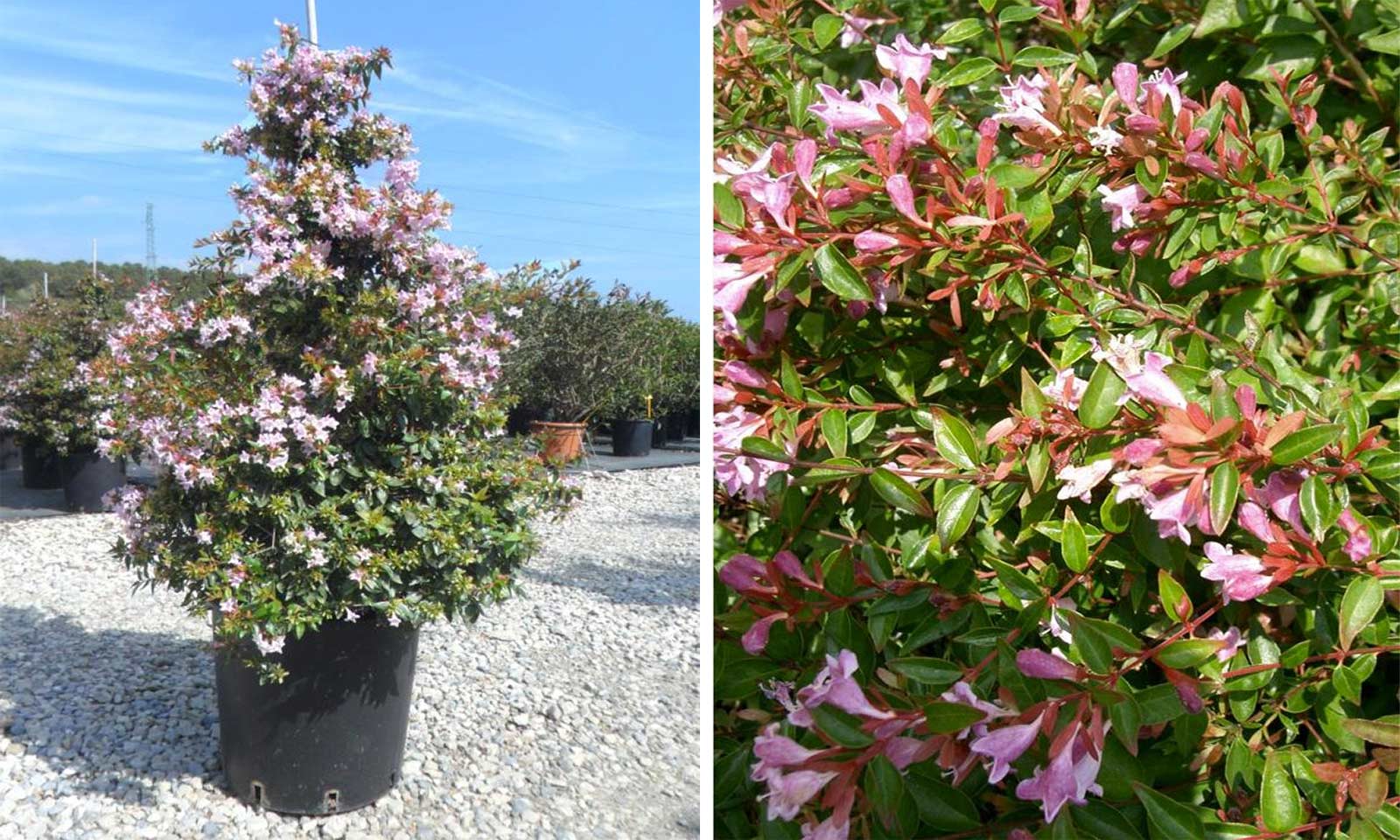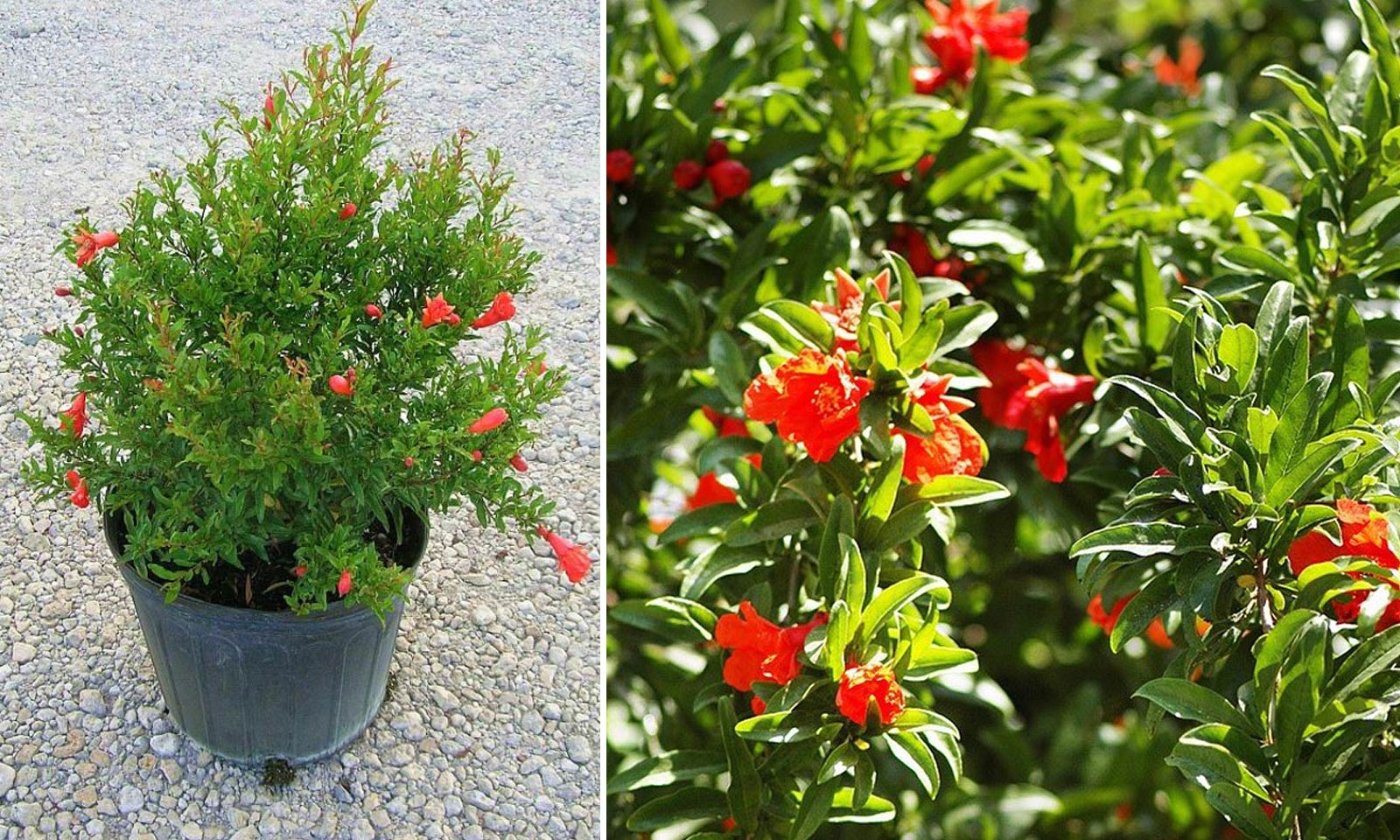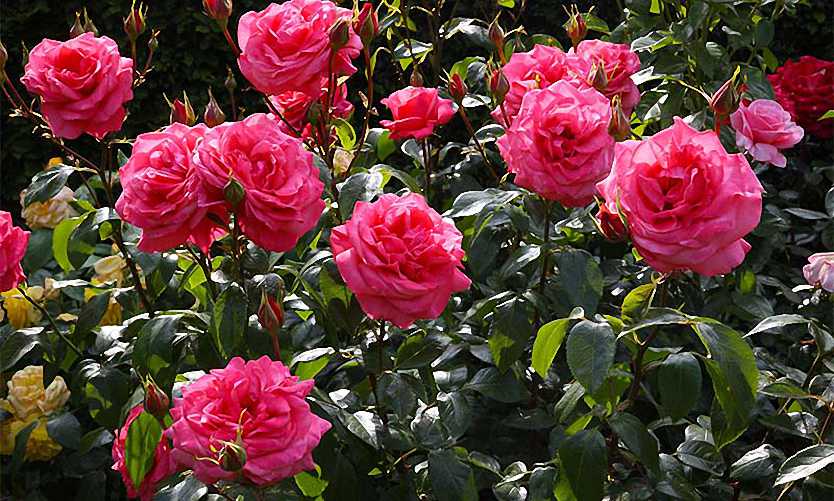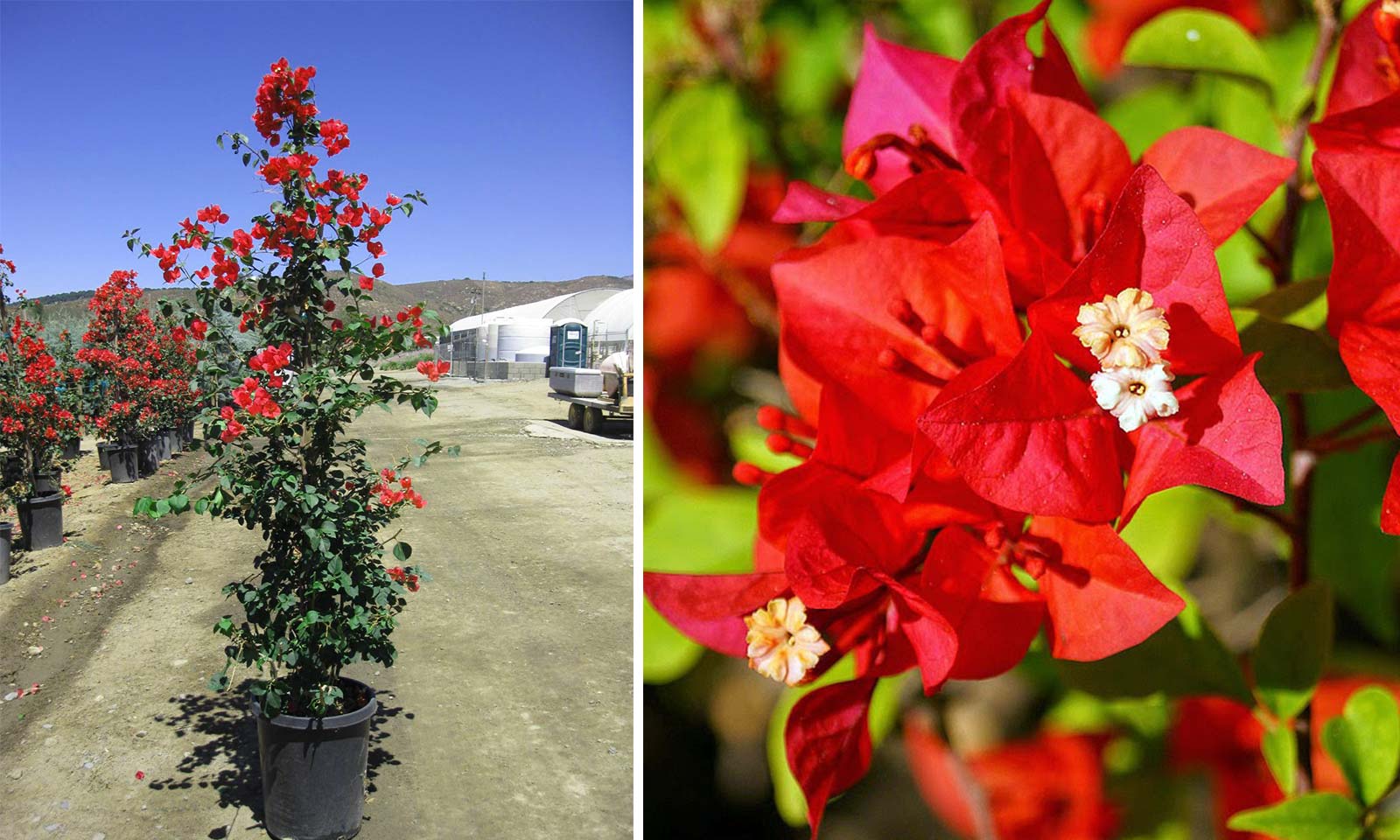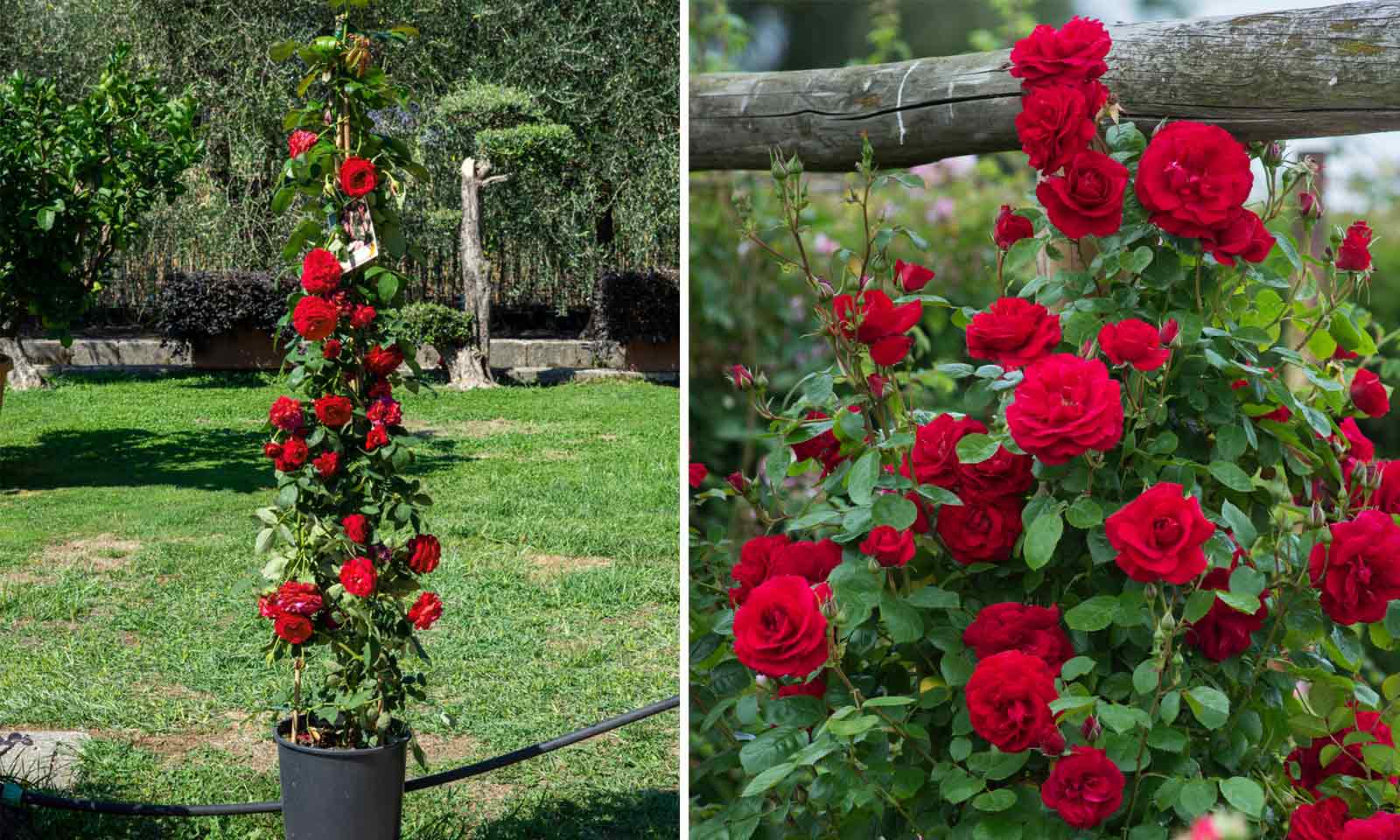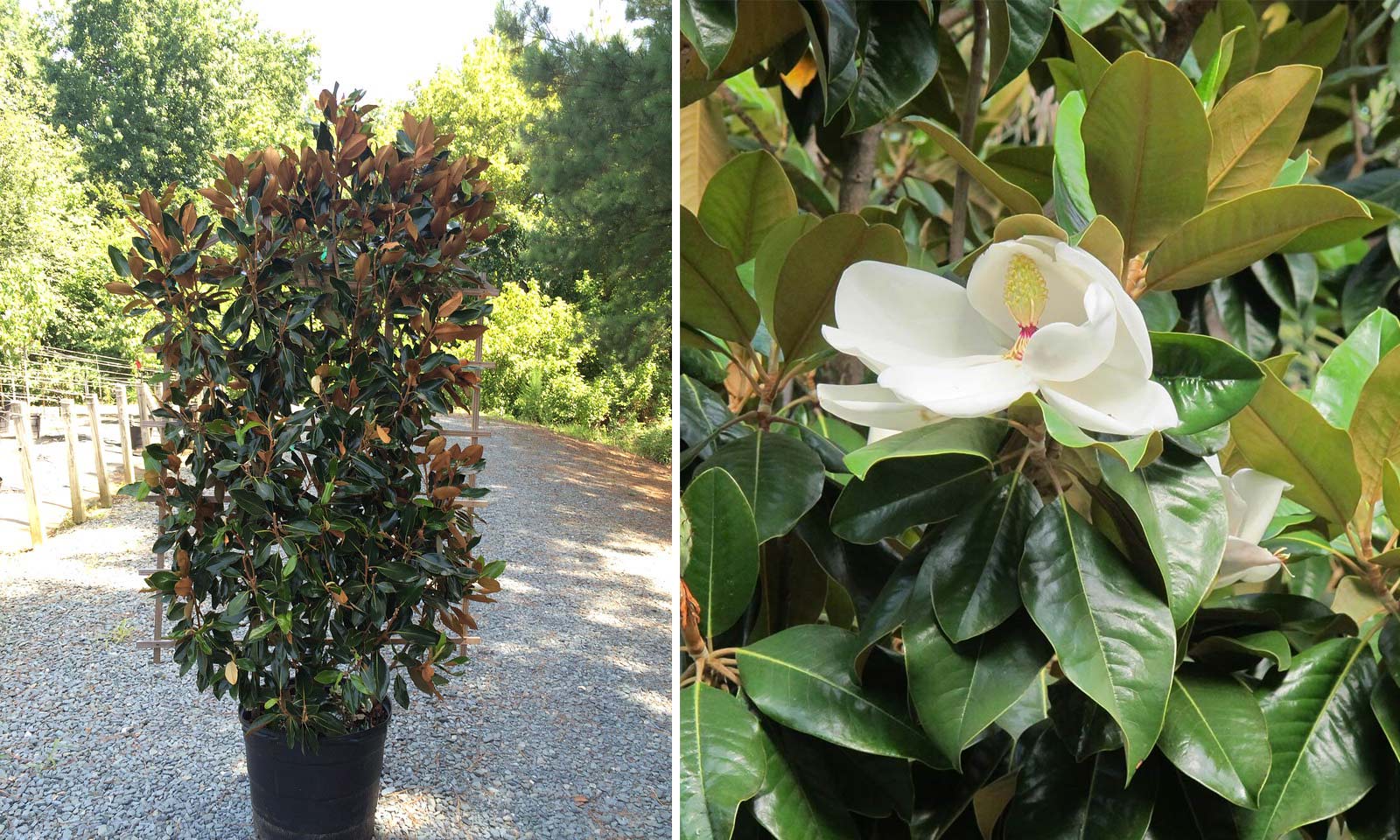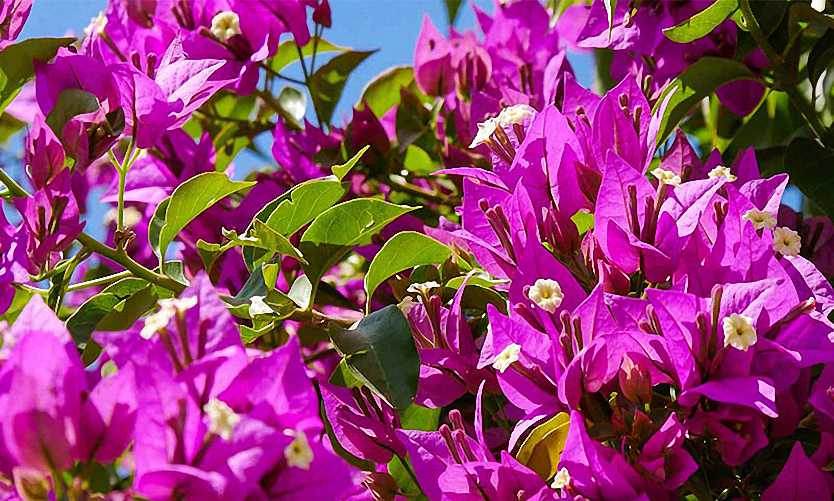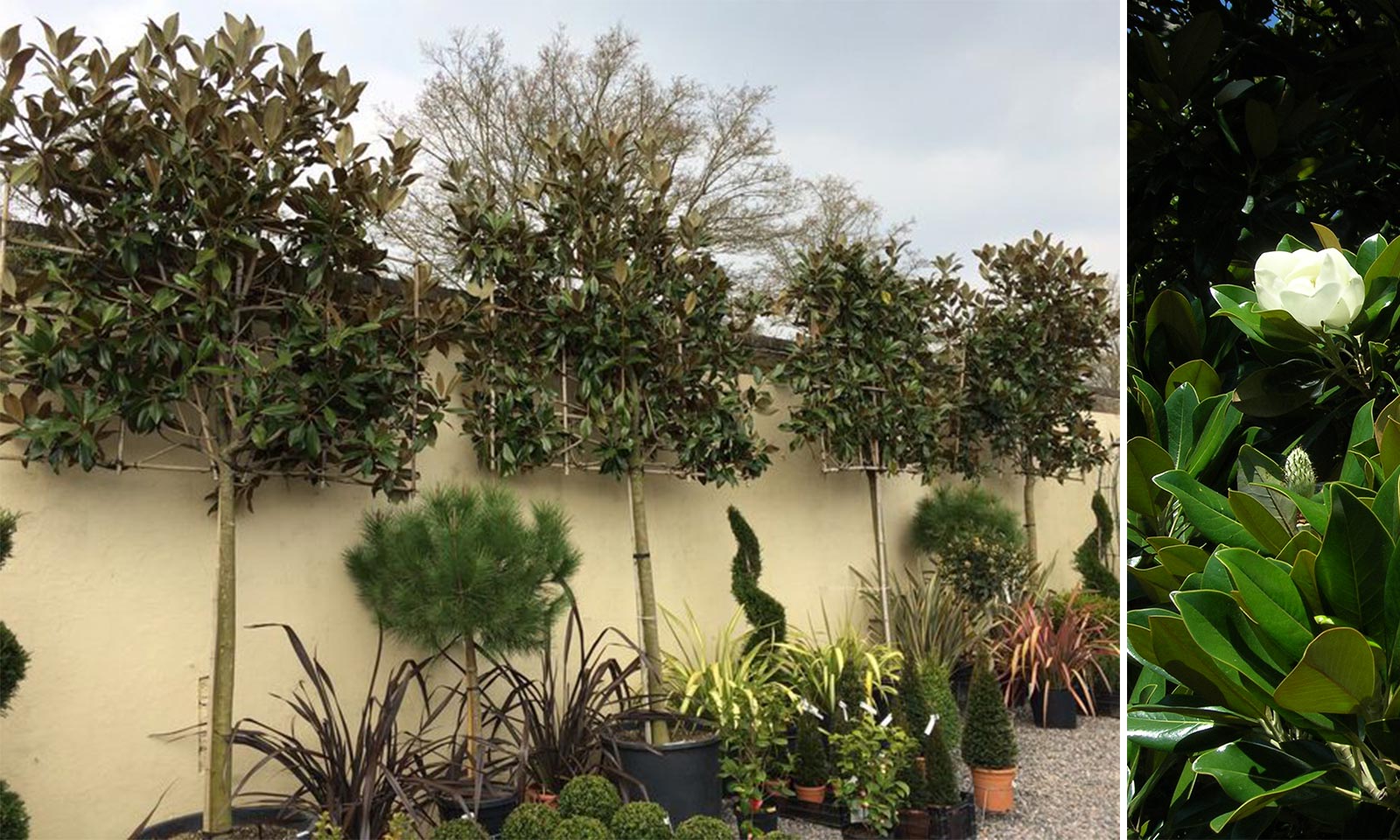Repeat-Flowering Roses – Shrub
The Rosa, otherwise known as the 'Rose', is the infamous plant known all around the world. Popularised in films, books, songs and even on our famous own chocolate tin, the Rosa itself originates from Asia although smaller numbers are native to Europe, North America and even Northwestern Africa. The selection of roses we have come in many different variety of colours. The plant itself is rated at a very hardy H6, making it perfect to grow in the British climate. Just make sure to shelter in an extreme cold snap. It has the potentiality of attracting many pests and diseases so make sure to look after this plant well. Check the guidelines on pruning group 17 for how best to maintain this plant.
Latin Name: Rosa
English Name: Rose
Species: Rosaceae
Genus: Rosa
Foliage Type: Deciduous
Foliage: Green
Flower: Dark Pink, Yellow, White, Salmon, Red, Light Pink
Flowering Period: Summer-Autumn
Fragrance: Flower
Suggested Location: Outdoor.
Suggested Soil Type: Well-drained, Moist but well-drained . Sand, Clay, Chalk, Loam
Suggested Exposure to Sunlight: Full Sun or Partial Shade
Suggested Exposure to Weather: Sheltered
Hardiness Rating: Hardiness (H6)
Lowest Temperature Tolerance: -20 °C to -15 °C (-4 °F to 5 °F)
Growth Habit: Bushy
Pests: Aphids, including rose aphid, are the most common rose pest. Can also be affected by leafhoppers, glasshouse red spider mite, scale insects, caterpillars, large rose sawfly, rose leaf-rolling sawfly and leaf-cutter bees. Deer and rabbits may also cause damage
Diseases: Rose black spot, rose rust and rose powdery mildew are the most common rose diseases. May also be affected by rose dieback, replant disease, canker, honey fungus and a virus
Cultivation: Grows best in fertile, humus-rich, moist but well-drained soil in a sunny, open position, but will tolerate some shade. Mulch in late winter and, to improve flowering, apply a balanced fertiliser in late winter or early spring and again in early summer. See rose cultivation
Propagation: Propagate by semi-ripe cuttings in late summer or hardwood cuttings in autumn, or by T-budding in summer
Pruning: Pruning group 17 (roses)
Suggested planting locations and garden types: Cut Flowers Wall-side Borders City & Courtyard Gardens Cottage & Informal Garden
Final Height: 1.5 m - 2.5 m (4.9 ft – 8.2 ft)
Final Sideways Spread: 1.5 m - 2.5 m (4.9 ft – 8.2 ft)
Delivery Cost: This is calculated based on the total size, weight and quantity of your order, as well as the location of your delivery address. You will see the final price at the Online Checkout Page (before making payment). Our website will automatically calculate the lowest possible delivery price and apply discounts to orders of certain products – giving you the best value delivery every time!
Please note that high-volume orders will decrease your delivery costs significantly by spreading the price across multiple items. Visit our Delivery Policy page for more information.
